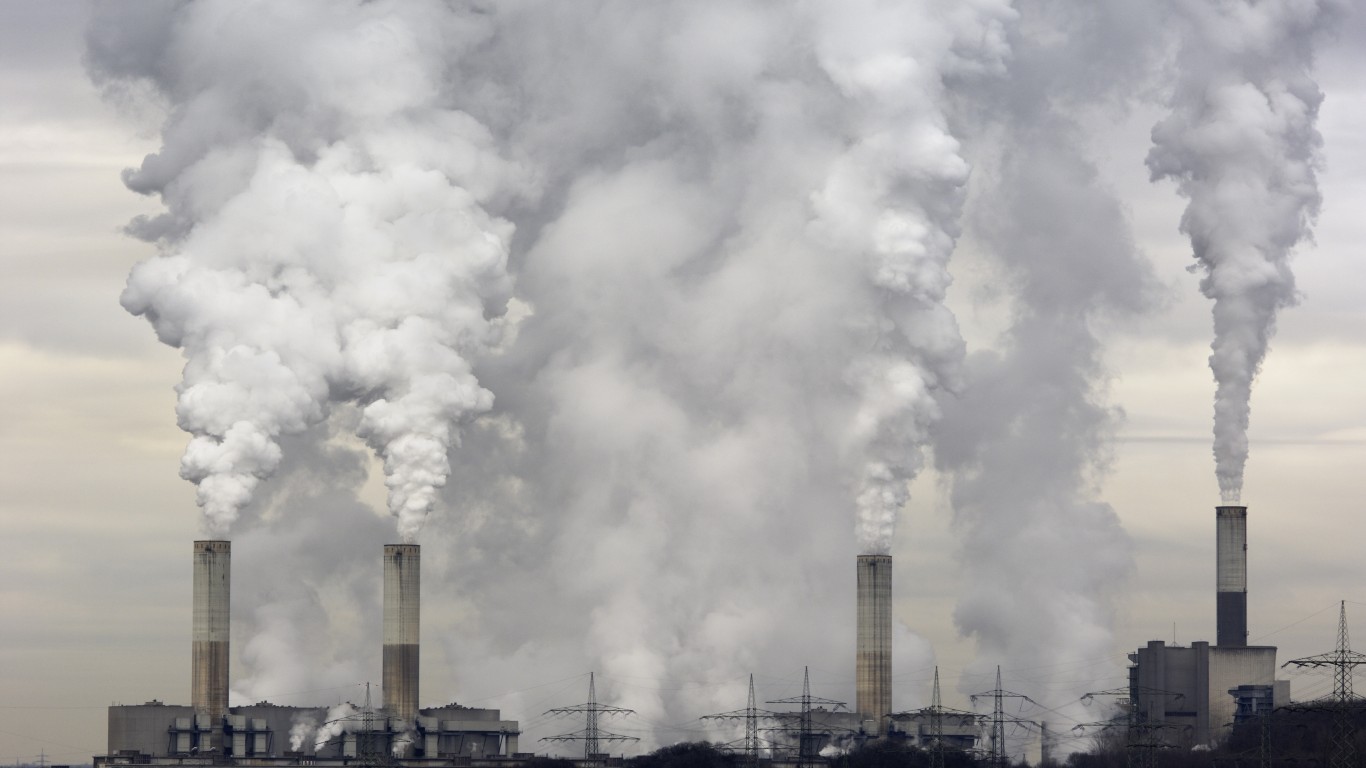
For the first time in eight years, U.S. carbon dioxide emissions rose in 2018. The 3.4% year-over-year increase capped a three-year stretch during which emissions fell by 2.7% in 2015, 1.7% in 2016 and 0.7% in 2017. The 2018 increase is the largest since 2010 when U.S. carbon emissions rose by 3.6%, following a 2009 decline of 7.2%.
The increase came even as U.S. coal-fired electricity generation capacity fell by 11.2 gigawatts. Natural gas generation rose by 166 billion gigawatt-hours, three times more than the decline in coal-fired generation of 52 billion gigawatt-hours. Wind and solar generation increased by a total of 40 gigawatt-hours, but the steep increase in natural gas-fired generation lifted power-sector emissions by 1.9% for the year.
Independent research firm Rhodium Group reported the data Tuesday morning in a preliminary 2018 study. Emissions estimates also rose sharply in the industry and buildings sectors and remained high in the transportation sector. The power sector emitted an estimated 34 million metric tons (tonnes) of carbon last year, up from a decline of 78 million tonnes in 2017. Transportation sector emissions rose from 16 tonnes to 18 tonnes, industry sector emissions jumped from 13 million to 55 million tonnes and building emissions (for residential and commercial heating, cooling and so on) soared from 7 million to 54 million tonnes.
The estimated increases for 2018 cast further doubt on the country’s ability to reduce carbon emissions by 26% to 28% of their 2005 levels by 2025. That’s the target established when the United States signed on to the Paris accords, from which President Trump withdrew in 2017. Emissions at the end of last year were 11.2% below their 2005 level, up from 14% below that level in 2017.
Even though natural gas-fired generation continues to rise as coal-fired power plants are retired, wind and solar generation have stalled. New natural gas generation rose by a more than a factor of four compared to new wind and solar generation in 2018.
To meet the 2025 Paris Agreement target, U.S. emissions must fall by an average of 2.6% a year in each of the next seven years. The annual decline between 2007 and 2015 was 1.6%. Rhodium Group notes that the required decrease over the next seven years is significantly faster than any seven-year average in U.S. history. Still, it is a feasible target but “will likely require a fairly significant change in policy in the very near future and/or extremely favorable market and technological conditions.”
Rhodium Group’s report is available on the firm’s website.
The #1 Thing to Do Before You Claim Social Security (Sponsor)
Choosing the right (or wrong) time to claim Social Security can dramatically change your retirement. So, before making one of the biggest decisions of your financial life, it’s a smart idea to get an extra set of eyes on your complete financial situation.
A financial advisor can help you decide the right Social Security option for you and your family. Finding a qualified financial advisor doesn’t have to be hard. SmartAsset’s free tool matches you with up to three financial advisors who serve your area, and you can interview your advisor matches at no cost to decide which one is right for you.
Click here to match with up to 3 financial pros who would be excited to help you optimize your Social Security outcomes.
Have questions about retirement or personal finance? Email us at [email protected]!
By emailing your questions to 24/7 Wall St., you agree to have them published anonymously on a673b.bigscoots-temp.com.
By submitting your story, you understand and agree that we may use your story, or versions of it, in all media and platforms, including via third parties.
Thank you for reading! Have some feedback for us?
Contact the 24/7 Wall St. editorial team.
 24/7 Wall St.
24/7 Wall St.


